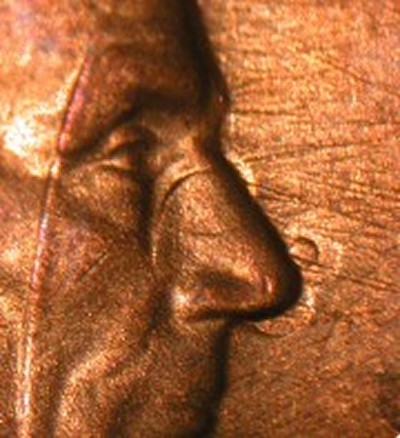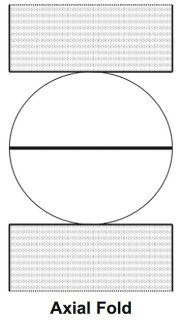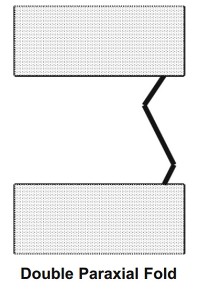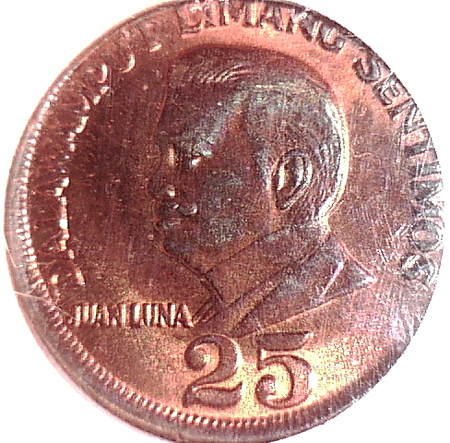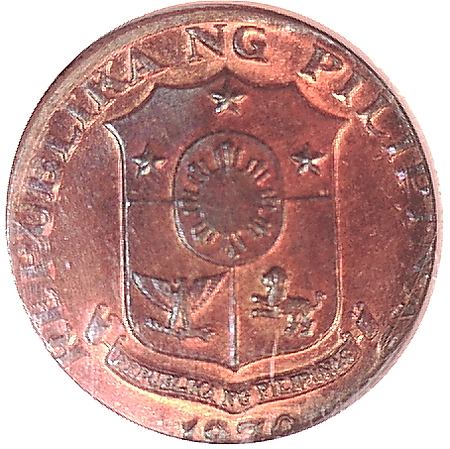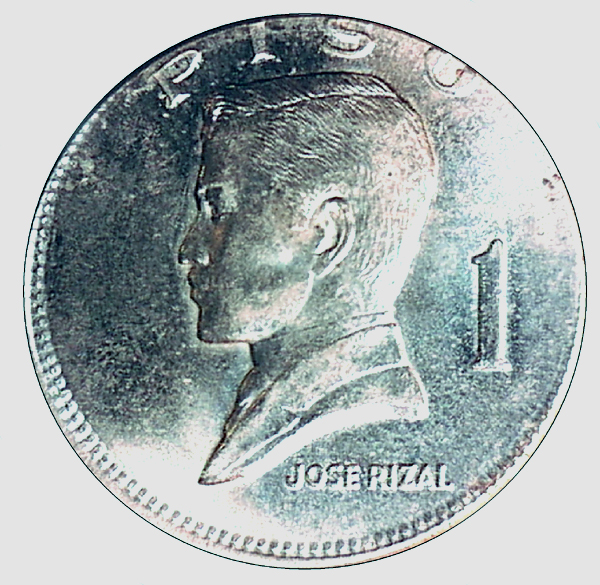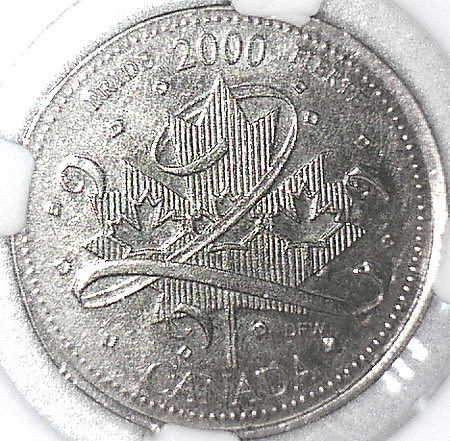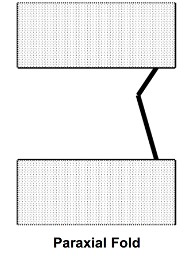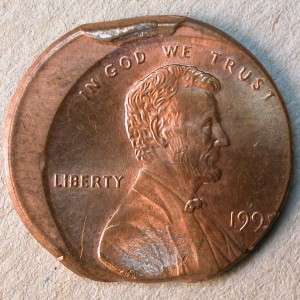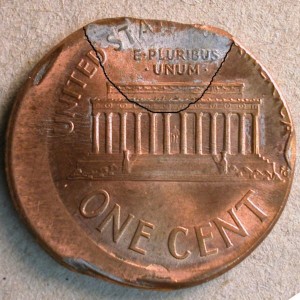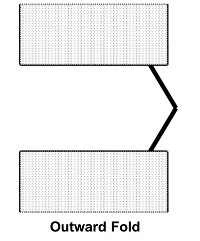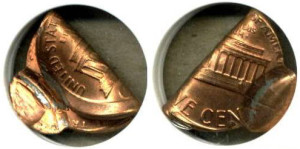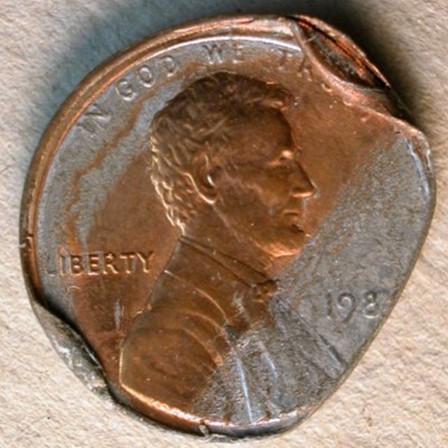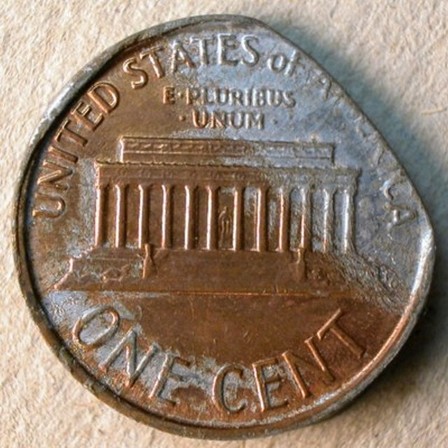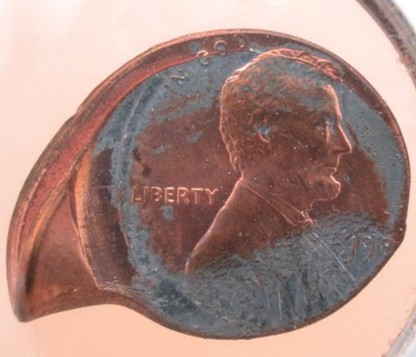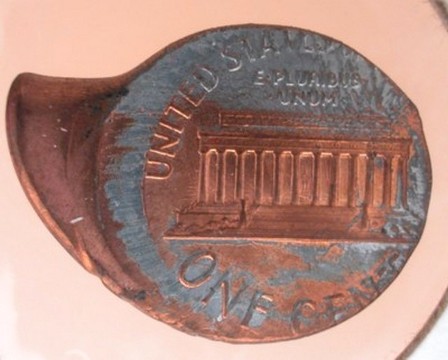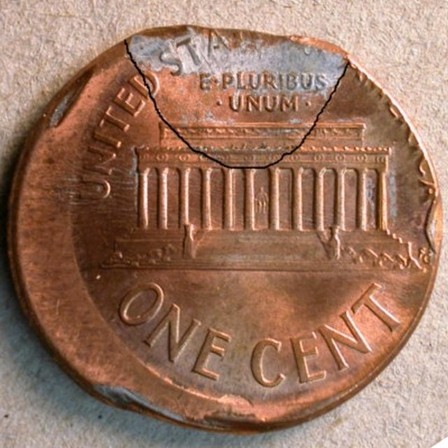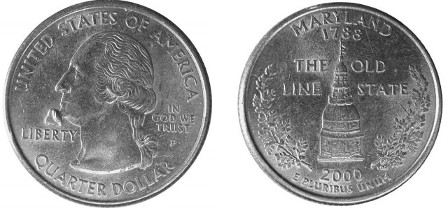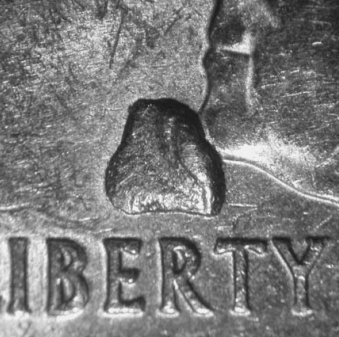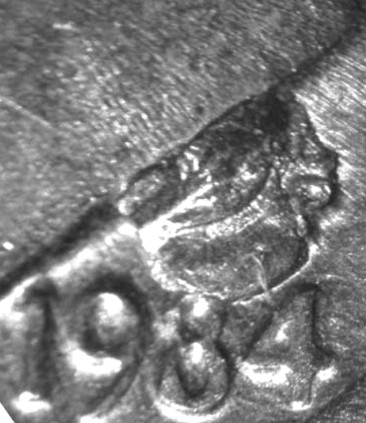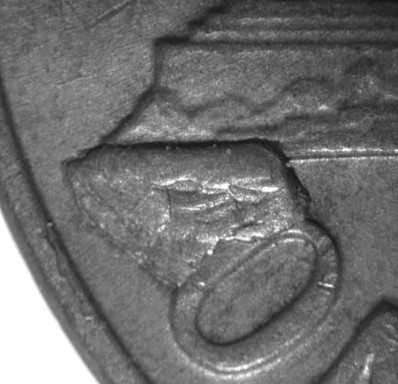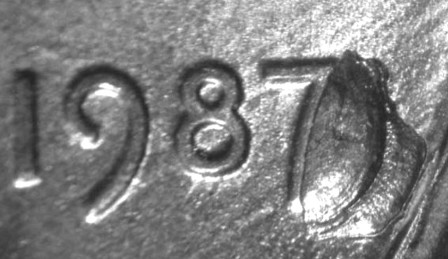Part VI. Striking Errors:
Flat-Field Doubling (Imperfectly Aligned Proof
Strikes)
Definition: This form of doubling is restricted to proofs. It occurs when the hammer die or hammer die assembly shifts position between the two or more strikes necessary to produce a proof coin. The margins of design elements produced during the first strike are crushed down to the level of the field by the second strike.
Die movement can consist of a lateral shift, a rotation, or a pivot of the die assembly. Localized FFD is typically found near the periphery of a coin and is likely due to a slight pivot of the die assembly.
Flat field doubling adds a slight premium to the value of a proof. However, when the flattened design elements are totally separated from their normal raised counterparts, the value increases greatly. Such errors are usually designated “obverse-only double strikes”, but calling attention to a double strike in a proof coin is redundant, as all proofs are struck at least twice. I suppose one could call such errors VERY imperfectly aligned proof strikes.
Flat field doubling is closely related to “one-sided” or “obverse-only” double strikes. The latter is, by definition, restricted to business strikes, as a double strike is part of the error.
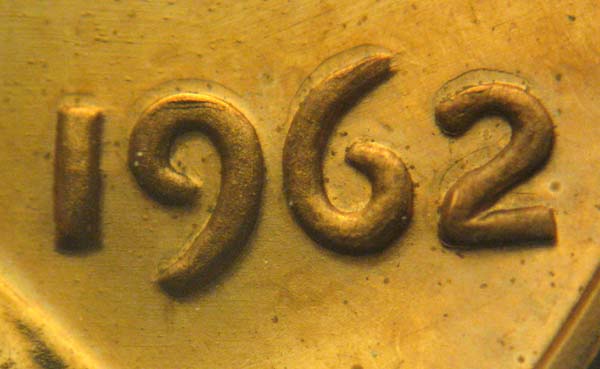
The 1962 cent depicted above shows flat-field doubling affecting the date. For some reason, the crushed portion of the first strike appears slightly incuse in this specimen.
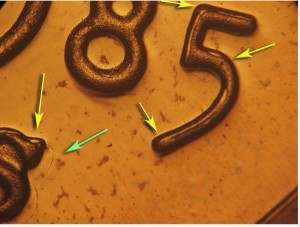
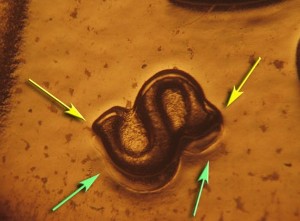
This proof 1985-S cent shows flat field doubling on the date and mintmark. Photos courtesy of Jason Cuvelier.
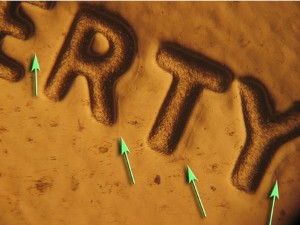
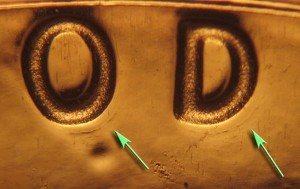
Additional photos of the same specimen show FFD on LIBERTY and GOD.
